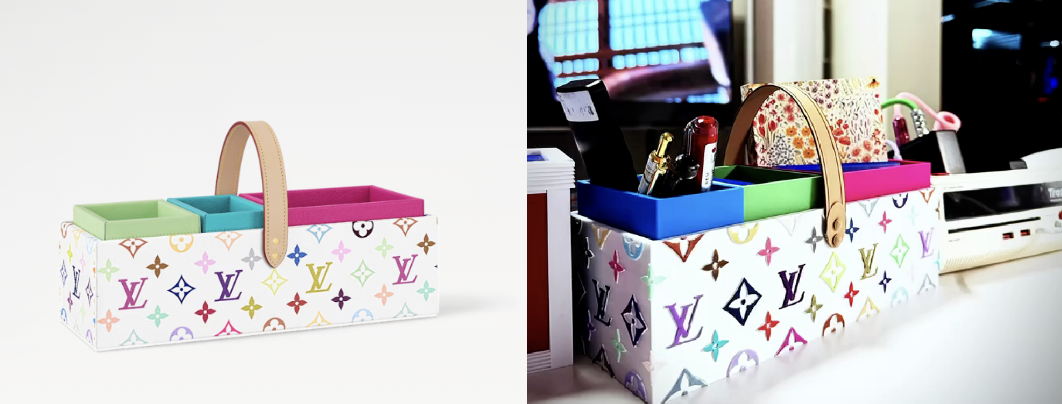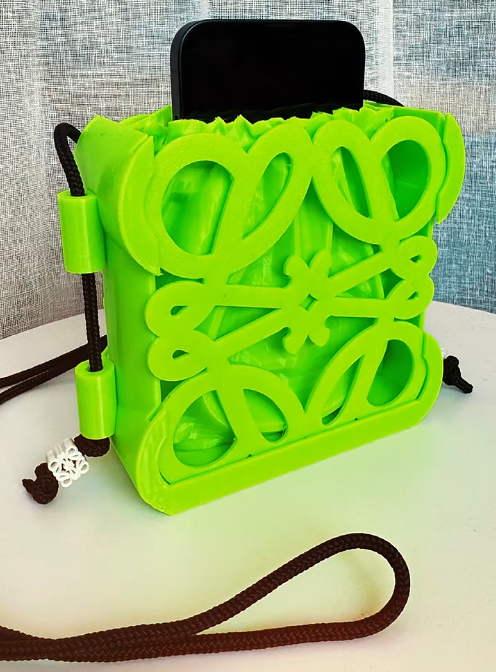Step into the future of DIY luxury: Craft high-end handbags at home for under $20 using affordable 3D printers. Explore the technology reshaping fashion from hobbyists to haute couture.
1. Print Designer Handbags at Home for Under $20
The DIY Luxury Movement
Hobbyists are reimagining iconic designs like:
- Louis Vuitton (including rare Murakami collaborations)
- Chanel quilted flap bags
- Loewe’s bold logo designs
- Issey Miyake’s geometric tote bags
Setup & Materials
Starter Kit:
- Printer: Bambu Lab P1S ($1,100)
- Filaments: PLA plastic ($8/kg) or flexible TPU ($28/kg)
- Software: Free community-made design files
Process Breakdown
- Download or create 3D models
- Prepare designs with slicing software
- Print components (8-18 hours)
- Hand-assemble parts
Cost Analysis
- Materials per bag: $3-12
- Electricity: ~$0.50 per print
- Labor: Free (DIY)
2. Beyond Handbags: Fashion’s 3D Printing Revolution
Designer Innovations
Luxury brands are adopting 3D printing for:
- Coperni’s “zero-gravity” silicone bags (2024)
- MSCHF’s microscopic LV bags (visible only under microscope)
- Iris van Herpen’s biomechanical gowns
- Loewe’s inflatable 3D-printed tops
- Custom dresses for Zendaya and other celebrities
Manufacturing Advantages
- Rapid prototyping: Days vs. months
- Customization: Made-to-measure without mass production
- Sustainability: Reduced material waste
- Inventory control: Print-on-demand reduces excess stock
3. What This Means for Consumers

Pros
- Affordable access to high-fashion styles
- Creative outlet for personal expression
- Repair/remix existing items
Cons
- Copyright concerns
- Learning curve
- Current material limitations (durability, texture)
Future Outlook
As printers become cheaper (some under $200) and materials improve, home fashion production will grow. However, intellectual property laws may challenge DIY-brand design similarities. For now, this technology offers an exciting middle ground – not quite counterfeit, not entirely original – where creativity meets fashion accessibility.

